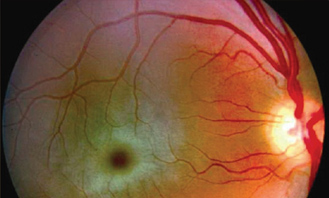Achievements

SMN1
Disease Relevance of SMN1
Homozygous mutation of SMN1 is associated with proximal spinal muscular atrophy (SMA), a severe motor neuron disease characterized by early childhood onset of progressive muscle weakness.
Spinal muscular atrophy (SMA) is a relatively common neurodegenerative disease caused by homozygous loss of the survival motor neuron (SMN1) gene. The majority of SMA patients (96%) carry homozygous deletion or gene conversion of SMN1 into SMN2, which can be easily genetically tested. About 4% of SMA patients carry subtle mutations in SMN1 which needs sophisticated mutation screening analysis.

Hemophilia
Hemophilia is a bleeding disorder that slows the blood clotting process. The major types are Hemophilia A and B. Changes in the F8 gene are responsible for hemophilia A, while mutations in the F9 gene cause hemophilia B. Mutations in the F8 or F9 gene lead to the production of an abnormal version of coagulation factor VIII or coagulation factor IX, or reduce the amount of one of these proteins.
The two major forms of hemophilia occur much more commonly in males than in females. Hemophilia A is the most common type of the condition; 1 in 4,000 to 1 in 5,000 males worldwide are born with this disorder. Hemophilia B occurs in approximately 1 in 20,000 newborn males worldwide.

Thalassemia
Thalassemia is a blood disorder passed down through families (inherited) in which the body makes an abnormal form of hemoglobin, the protein in red blood cells that carries oxygen. The disorder results in excessive destruction of red blood cells, which leads to anemia. Anemia is a disorder in which your body doesn’t have enough normal, healthy red blood cells (RBC).
This disease is inherited, meaning that at least one of your parents must be a carrier of the disease. It is caused by either a genetic mutation or a deletion of certain key genes. The two main forms of thalassemia are alpha thalassemia and beta thalassemia. In alpha thalassemia, at least one of the alpha globin genes has a mutation or abnormality. In beta thalassemia, the beta globin genes are the ones affected.

Tay-Sach’s
Tay sach’s is due to a defective gene that causes an abnormal metabolism in newborns leading to very early death. A very tell-tale sign of Tay Sach’s is the presence of a cherry red spot in the eye. This is an indication of a lipid storage disease. Our Genetic Screening now offers the chance to analyse the embryo before implantation and ensure healthy baby even though the parents may be a career of the syndrome.

One of the major reasons for the recurring pregnancy losses and IVF failures is a disorder occurring in the endometrium which mainly concerns abnormal gene expressions. Now using the procedure Endometrial Receptor Gene Assay (ERGA), it is possible to...

This is the prenatal genetic testing of foetal chromosomal aneuploidies from Mother’s Blood. We have the credit of being the first centre in the Indian subcontinent to develop in-house Non-Invasive Prenatal Testing (NIPT) which is 99.9% sensiti...










